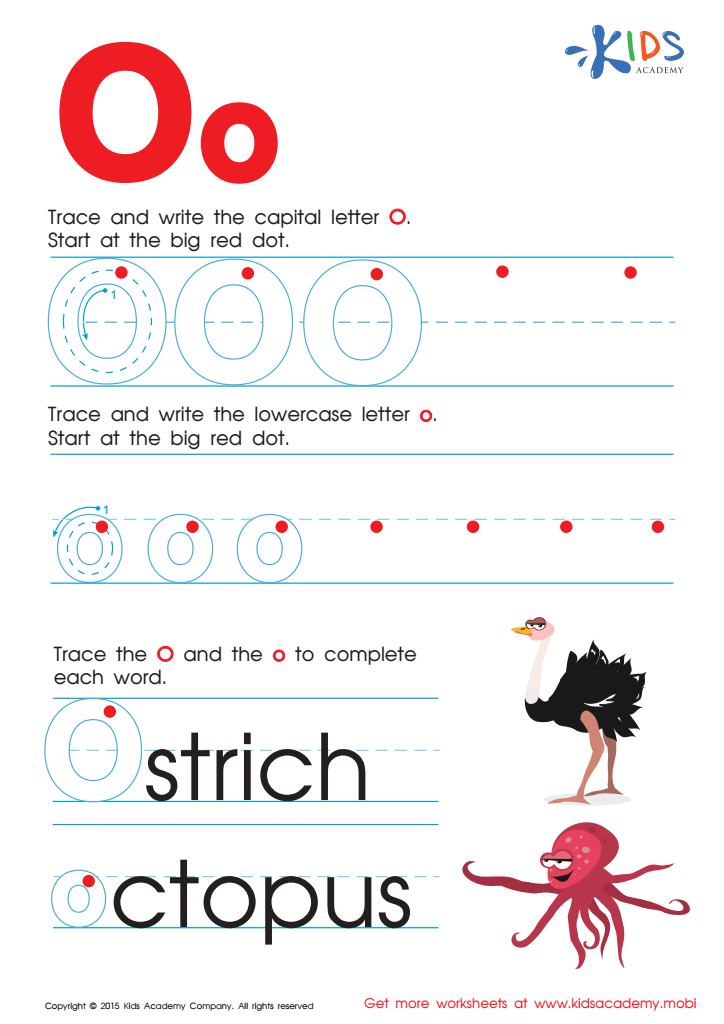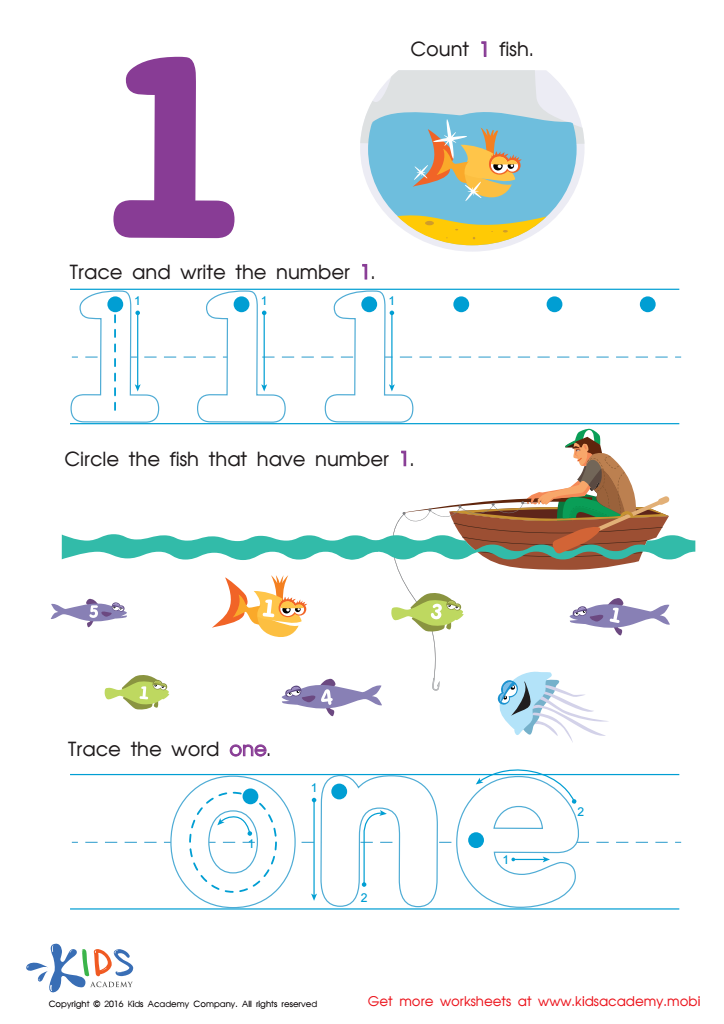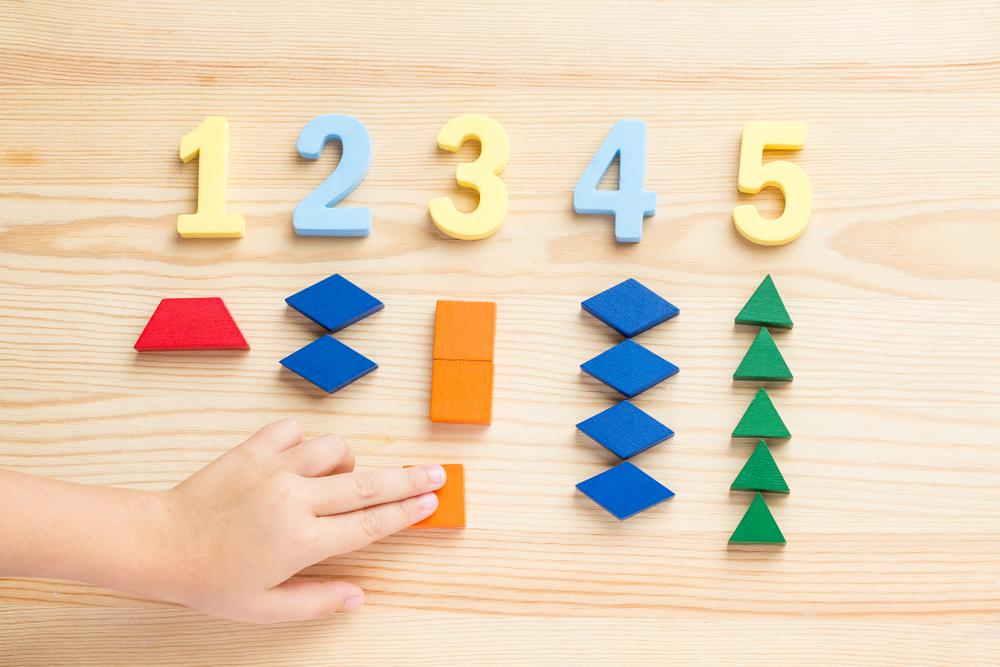Tracing practice Worksheets for Ages 6-9
3 filtered results
-
From - To
Enhance your child's fine motor skills with our Tracing Practice Worksheets designed for ages 6-9. These engaging and interactive worksheets focus on developing handwriting skills while making learning fun. Children will enjoy tracing letters, numbers, and shapes, perfecting their grip and coordination. Our worksheets cater to various learning styles, ensuring each child can progress at their own pace. Ideal for home or classroom use, these resources are designed to build confidence and support early literacy. Download and print the worksheets easily to create a structured and enjoyable tracing practice experience. Start cultivating your child's writing skills today!


Letter O Tracing Page


Learning to Write 1 Worksheet
Tracing practice for children ages 6-9 plays a pivotal role in their development and should be prioritized by both parents and teachers. During this critical period, children are honing their fine motor skills, which are essential for writing, drawing, and other daily tasks. Tracing letters, numbers, and shapes helps strengthen hand-eye coordination and grip, laying a strong foundation for future writing proficiency.
Additionally, tracing reinforces recognition of letter forms and numerical symbols, facilitating literacy and numeracy skills development. As children trace, they are not only practicing the physical act of writing but also internalizing the shapes and structures of letters and numbers, which aids cognitive recognition.
Moreover, tracing can foster concentration and focus. Engaging in this calming practice offers children an opportunity to improve their attention span, a skill essential for success in school. Furthermore, with the variety of tracing worksheets available, such as those involving themed activities or even drawing, educators and parents can make tracing a fun and interactive experience that sparks creativity and interest.
Ultimately, emphasizing tracing practice in early education equips children with the necessary tools to succeed academically and fosters a lifelong appreciation for learning.
 Assign to My Students
Assign to My Students
















